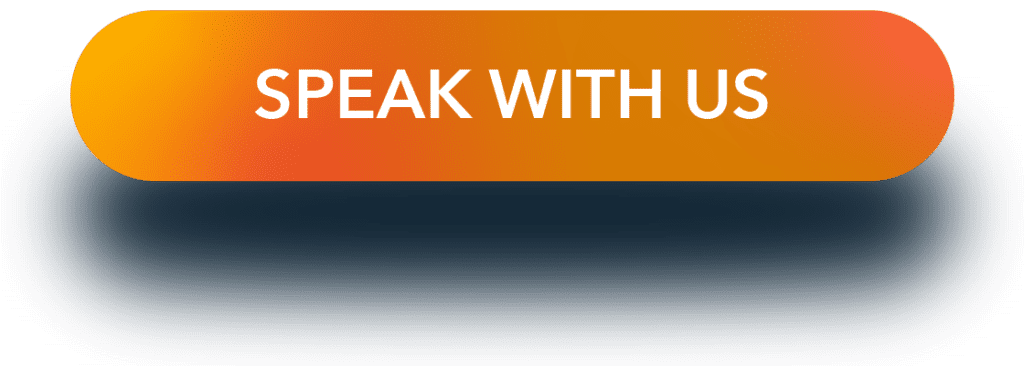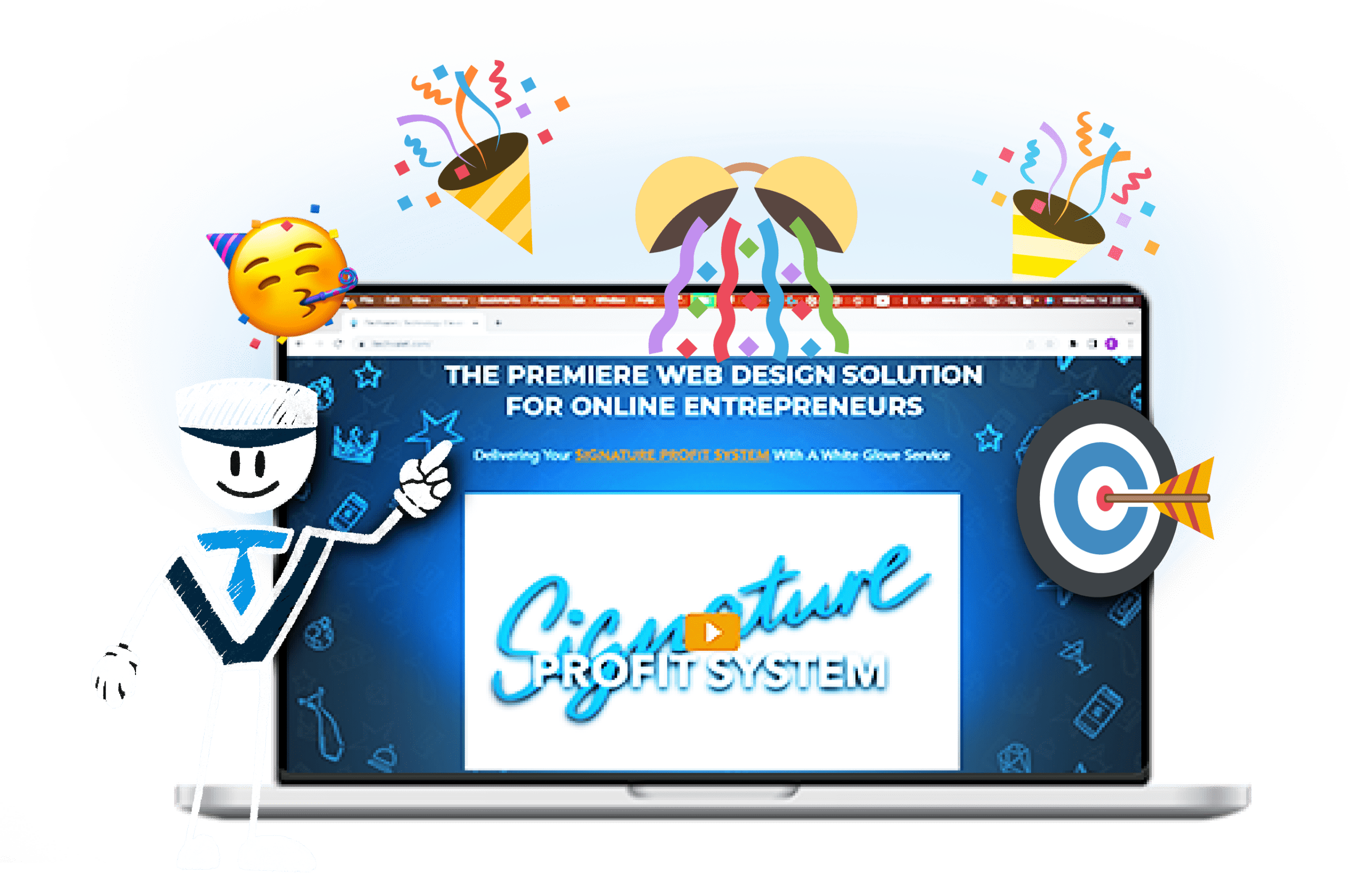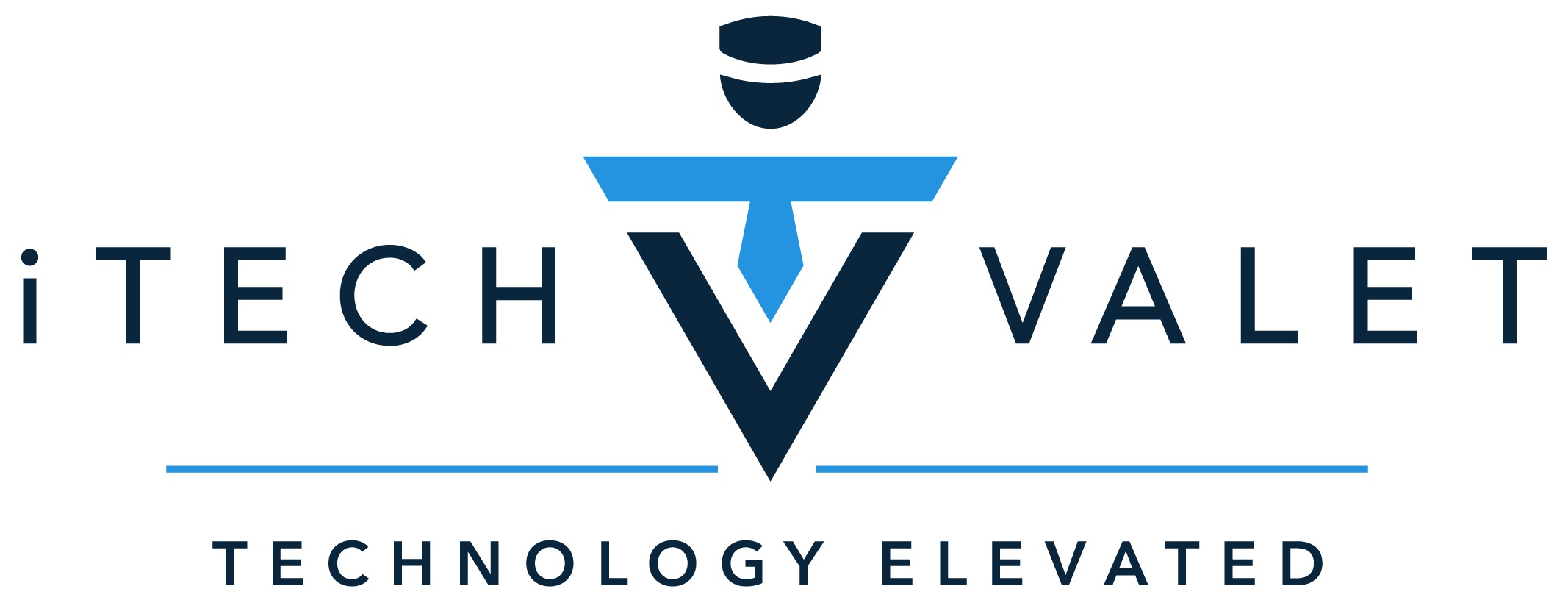
Demystifying Digital Success: How Do Sales Funnels Work?
![]() by Gerek Allen ~ Last Updated: Oct 15, 2023 ~ 9 Min Read
by Gerek Allen ~ Last Updated: Oct 15, 2023 ~ 9 Min Read
![]() by Gerek Allen
by Gerek Allen
~ Last Updated: Oct 15, 2023 ~
~ 9 Min Read ~
Have you ever wondered, "How do sales funnels work?" Well, imagine walking into a movie theater and being overcome with the sweet smell of butter. Your natural reaction is to go buy popcorn with a few extra pumps of butter.
Let's take it a step further... you're about ready to order your popcorn but you see for only $1 more you can get the extra large super jumbo-mumbo size. SOLD!
This one example of buying a delicious... yet quite unhealthy treat... shows you how a sales funnel works in multiple stages. You entered the sales funnel when you walked into the theater and were overcome with flavor explosions in your nose. That's the top of the sales funnel.
As you moved down the funnel... buying the popcorn... you were presented with a 'value option' that was a no-brainer. By the way, you probably had dinner before you walked in, so you really weren't hungry. The sales funnel took you from not being hungry to buying one of the biggest and most profitable items in their establishment, and everyone is happier for it.
A sales funnel is nothing more than guiding your prospects through pre-defined sales funnel stages, offering them exactly what you want in the order that you want. A well-done marketing funnel is powerful... like Incredible Hulk powerful.
So, if you want a much deeper dive into 'how do sales funnels work?', then stick around and enjoy the show... with your giant popcorn for 20 people of course.
Table Of Contents:
- Understanding Sales Funnels
- The Role of Content in Sales Funnels
- Nurturing Leads and Building Relationships
- Analyzing and Optimizing Sales Funnels
- Converting Prospects into Paying Customers
- Examples of Sales Funnels in Different Industries
- FAQs in Relation to How Do Sales Funnels Work?
- Final Thoughts On How Do Sales Funnels Work?
Understanding Sales Funnels
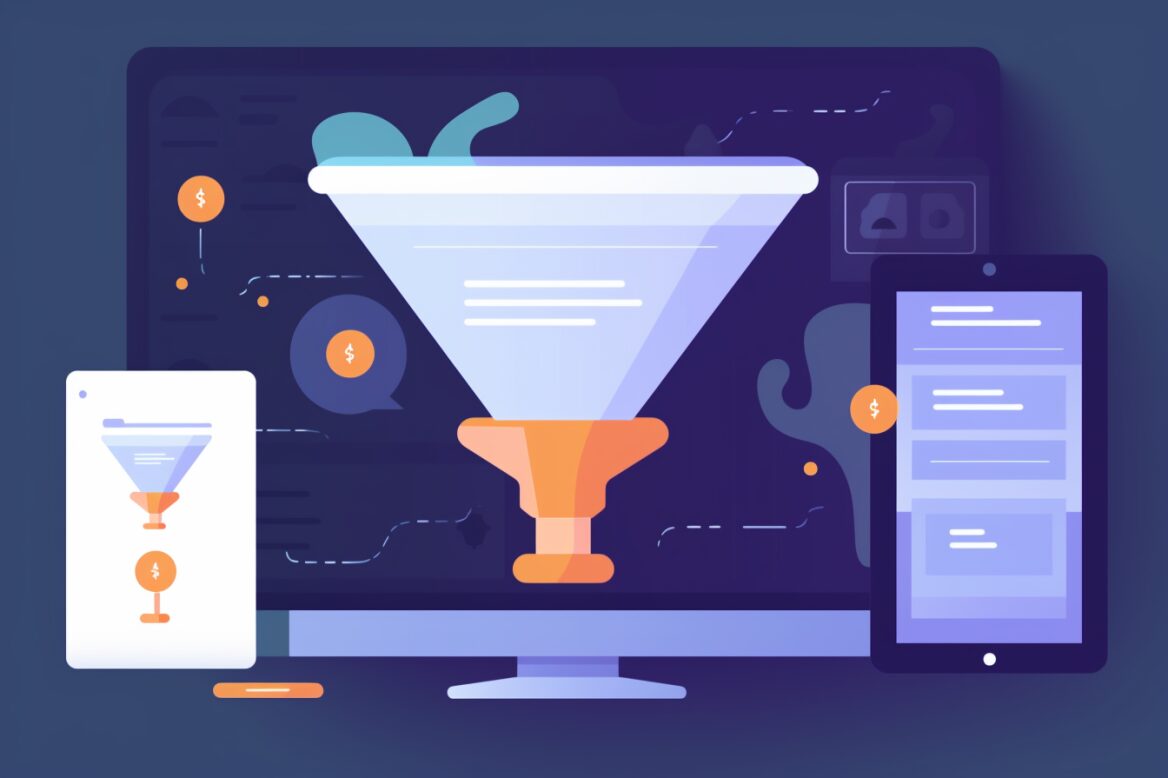
Sales funnels are a vital part of any business's marketing strategy. But what exactly is a sales funnel? To put it simply, think of it as the journey your potential customers take from their first interaction with your brand to the final purchase or action stage.
The sales funnel definition extends beyond just making sales; it’s also about understanding customer behavior and investing in appropriate marketing activities for each stage. This process involves four main stages: Awareness, Interest, Decision, and Action (AIDA).
Awareness Stage
In the awareness stage, you attract attention to your product or service by creating engaging content relevant to your target audience’s pain points. Content such as social media posts on Tik Tok or Instagram, videos on YouTube, value-rich blog posts on your website, and more can be used to engage potential customers and address their pain points.
Interest Stage
Next up is the interest territory where prospects show curiosity about how you can help solve their problem(s). They might sign up for newsletters using email addresses collected via lead magnets, such as an eBook or case study, offering unique benefits related specifically to these issues.
Action & Decision Stages
The decision phase occurs when prospects start seriously considering options available before finally deciding which route will best serve their needs—kind of like choosing between different fruit stands at a busy farmers market. And lastly comes action—the equivalent of handing over money at the till—to convert those intrigued browsers into happy buyers.
Furthermore, a sales funnel helps businesses understand customer behavior and decide where to invest in marketing activities. A good sales funnel will provide you the data required to make informed marketing decisions.
Keep in mind, not everyone who embarks on the journey will make it to the end. People might fall off at various stages for different reasons. Maybe they lose interest or simply find themselves not relating to the specific problems you're solving.
Think of sales funnels as the path your customers take from their first encounter with your brand to buying. It's more than just making a sale - it helps you understand customer behavior and plan marketing efforts for each stage: Awareness, Interest, Decision, and Action. Remember though, not all who start will finish this journey.
The Role of Content in Sales Funnels
Content is the lifeblood that pumps through every vein of a sales funnel. It's what turns potential customers from mere observers into active participants in your buyer's journey. Let’s take a deeper look at how content fuels each stage of the sales funnel, using everything from educational materials and blog posts to downloadable resources and free trials.
Educational Content: The Starting Point
In the early stages, it's essential to draw attention and alert people there is an issue or difficulty they need to address. Educational content does this by providing value upfront while subtly introducing your product as an ideal solution.
This could be anything from blog posts explaining common industry problems to videos demonstrating unique benefits only your product provides. The point in this stage is to educate and build trust, not sell.
Nurturing Leads with Downloadable Resources
Moving on to interest generation, it's time for lead magnets - high-value pieces of content such as ebooks or case studies that users can download after sharing their name and email address. This not only helps generate leads but builds trust among potential customers who now see you as an authority in your field.
Building an effective landing page plays a crucial role here too – guiding visitors towards making this all-important exchange. Using proven templates or working with professional web design companies (like iTech Valet) will improve your conversion rate on getting new leads for your business.
A Free Trial Can Turn Interest into Desire
Drawing prospects closer still, offering something like a free trial allows them firsthand experience with your product during decision-making stages. By letting prospective buyers use it without any financial commitment initially, they get tangible proof about its efficacy rather than just taking your word for it.
A free trial for software can be time-based, like 7 or 14 days free, or can be a limited version of the full product. Ecommerce products can be sample-sized. Service businesses can give away their first service to prove the quality of what they do.
Gated Webinars are Perfect Conversion Tools
Sales funnels that use webinars can really help convert prospects into paying customers. These educational and engaging sessions demonstrate the product’s utility, giving potential buyers an intimate understanding of how it could solve their problem.
All these types of content are not just about selling; they're also crucial tools for relationship-building with your target audience. With every interaction, you’re making sure they remember your brand name when they need a solution to their pain point.
Content breathes life into sales funnels, transforming spectators into participants. Starting with educational content to spark awareness, it moves onto downloadable resources for interest generation and free trials for desire cultivation. Gated webinars then become the perfect tools to convert these interests into paying customers. All while building relationships and ensuring your brand is top-of-mind when solutions are needed.
Nurturing Leads and Building Relationships
At the heart of a successful sales funnel is the art of nurturing leads. It's about keeping your brand at top-of-mind for potential customers during their customer journey, gently guiding them down the path to becoming paying customers.
The Importance of Email Lists
Creating an email list is a vital step in keeping potential customers engaged and informed about your business's unique benefits. When users sign up, they're showing interest in what you have to offer - that’s your chance to shine. Emails allow you to deliver targeted content directly into their inbox, effectively maintaining communication while also demonstrating your unique benefits as a business.
Email lists aren't just about selling; they're tools for building relationships. You can share relevant blog posts or even exclusive discounts – things that make subscribers feel special and valued. Bonus... email marketing automation allows you to build relationships with multiple people at once.
How to Score Leads
You've got an email list now - but how do you know who's truly interested? Enter lead scoring. This technique lets us track behavior and engagement levels by assigning points based on actions like opening emails or clicking links within them.
Lead scoring helps gauge where each prospect is on their buyer's journey. So instead of blasting everyone with generic messages, we can personalize communications according to individual needs—further increasing chances of conversion.
Facts & Stats Worth Knowing
- Nurturing leads has proven vital in moving prospects through various stages of the sales funnel.
- An open line for communication optimizes performance along every stage of the sales process.
- A large number (>60%) convert when nurtured properly using email campaigns tailored uniquely towards them.
Analyzing and Optimizing Sales Funnels
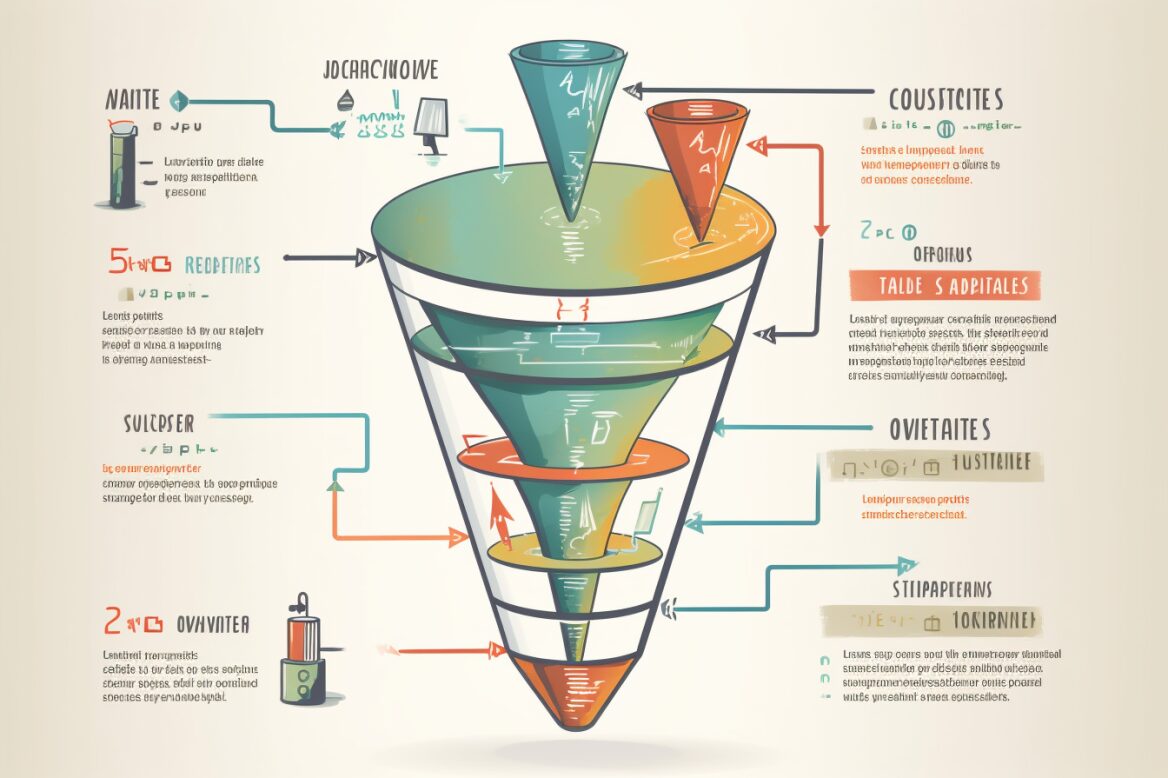
The journey of a potential customer through your sales funnel is like a mystery novel. You're continuously attempting to foresee what will happen in the future, yet hints are all around. By analyzing how customers interact with each stage of your sales funnel template, you can find ways to improve their experience and increase conversions.
First off, it’s important to track user behavior at every stage in order to identify any bottlenecks or friction points that might be preventing prospects from moving forward in the buying process. This practice helps businesses understand their audience better by shedding light on aspects such as why certain users abandon the funnel midway or which marketing efforts have been most successful in driving them towards making a purchase.
Conduct Competitive Analysis
You wouldn't enter a game without understanding who your opponents are, correct? Similarly, conducting competitive analysis gives you insights into what others are doing well (and not so well) in similar markets. Look at their strategies for generating leads and converting them into paying customers; these could offer valuable lessons for optimizing your own funnels.
Bonus: check out Opinly AI for amazing competitive research.
Track And Measure Results
We've all heard this before: "What gets measured gets managed." So let's start measuring.
How many people entered the awareness stage versus those who made it down to decision or action? Are there specific steps within these stages causing more drop-offs than others?
With solid tracking measures put together using dedicated management software, you'll be able scrutinize performance closely enough for spotting patterns that could indicate areas needing improvement.
The beauty of an optimized sales funnel is its ability to close deals and model future sales. This Lifecycle Automation Assessment can reveal your business's strengths and gaps, making it a crucial tool for continuous improvement.
Funnel Optimization
You've analyzed the performance of your funnel stages and you know where improvements are needed. Now what? It's time to get into action mode.
Funnel optimization is all about enhancing each stage to make sure potential customers smoothly transition from one step to another without losing interest or trust in your brand.
So, you might need to adjust your content strategy a bit. It's all about finding what works best for you.
Peeling back the layers of your sales funnel is like solving a mystery, with each clue helping you improve and optimize. Track user behavior to spot bottlenecks, study competitors for valuable lessons, measure results diligently to manage better and finally jump into action mode for continuous improvement.
Converting Prospects into Paying Customers

Once a potential customer has journeyed through the awareness and decision stages of your sales funnel, it's time to transform them from mere prospects into actual paying customers. But how does this magical conversion happen?
In simple terms, you need to offer something irresistible that will motivate these prospects to take action. Alex Hormozi's book 100M Offers will teach you how to create irresistable offers people will feel stupid saying no to.
The decision stage is where the magic starts. At this point in their journey, your prospect begins digging deeper into pricing options and product features. You've piqued their interest; now it's time to reel them in with an enticing deal or product demo.
Nudging Prospects Towards Action
To make that final push towards purchasing, ensure you give your leads all they need for an informed choice - be transparent about pricing details and any unique benefits of choosing your offering over others on the market.
This might mean showcasing testimonials as social proof or providing exclusive access for early bird discounts—essentially anything which convinces them they're making a wise investment by picking you.
Moving From Decision To Action Stage
The process ends when prospective buyers convert themselves into paying customers—the last stage known as 'Action.' In other words: Money talks.
You can think of converting like dating—you wouldn't ask someone to marry you on a first date. Similarly, asking for sale too soon could scare away potential customers who are just getting familiar with what you have to offer. It takes nurturing relationships before people feel comfortable enough committing long term—whether that's love or business purchases.
Pulling The Trigger On Purchase Decisions
"To persuade men...appeal not only [to] reason but also [to] their emotions." - Aristotle
Aristotle's wisdom still holds today, especially when converting prospects into customers. Appeal to both logic and emotion—demonstrate how your product or service will solve a problem (logic) but also show them the potential joy, peace of mind, or other positive emotional outcomes they'll experience as a result (emotion).
Just because your customers have made their purchasing decisions, it doesn't mean the work stops here. The sales funnel journey continues even after this point.
Turning potential clients into buyers is a bit like magic—it's the final act in your sales funnel. To spark that decisive action, you've got to dangle something they can't resist. Keep things clear about costs and perks, show off reviews for social validation, or throw in early bird discounts. But remember this: sealing the deal with a prospect is much like dating—you wouldn't pop the question on day one. It's all about carefully building those relationships.
Examples of Sales Funnels in Different Industries
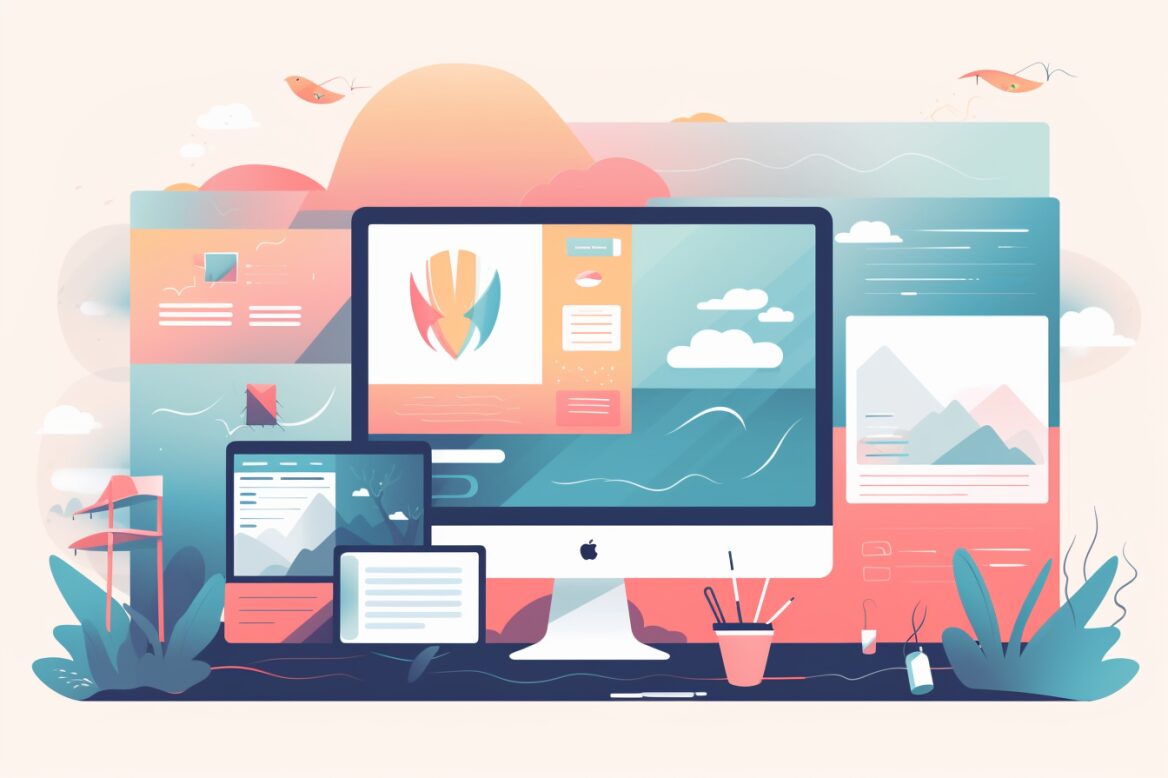
The art of converting potential customers into paying ones is not exclusive to a single industry. Let's dive into how different industries use sales funnels effectively with real-world examples.
Sales Funnels in E-commerce
E-commerce businesses have mastered the online sales funnel. Take Audible, an audiobook platform, for instance.
When you land on their site, they immediately offer a free trial - this is their lead magnet which grabs your attention (awareness stage). They then guide you through choosing books that align with your interests (interest stage).
As soon as you've sampled some chapters and enjoyed them (decision stage), they gently nudge you towards purchasing a subscription plan or buying individual books (action stage). By using social proof like user reviews and ratings, they make sure to address any pain points along the buyer's journey.
Sales Funnels in Service-Based Businesses
In contrast to e-commerce businesses, service-based firms often employ more complex sales funnels due to the intangible nature of what they sell. For example, HoneyBook, a business management software provider uses its website as both an information hub and conversion tool.
HoneyBook’s awareness phase includes blog posts about running successful small businesses. Potential customers who sign up for email updates enter the interest phase where targeted emails help answer questions about features and benefits of their product suite while also showcasing customer testimonials providing social proof.
During decision-making stages, demos are offered alongside special discounts aimed at prompting purchase decisions from potential customers. The software’s unique benefits are emphasized to ensure that prospects understand why they need HoneyBook.
Sales Funnels in B2B
B2B sales funnels often take longer due to larger purchasing decisions and multiple stakeholders involved. Yet, the main stages of a sales funnel still apply: awareness, interest, decision and action.
Many B2B companies use marketing funnels and sales teams to complete the buying purchase, most likely using sophisticated CRM tools as the sales cycle can take weeks if not months. Going through a sales funnel for a $25 product doesn't require much thought... you either buy or you don't. Going through a $25,000 or $250,000 sales funnel usually requires many touch points, many calls, and many follow-ups before a deal is closed.
From e-commerce to service-based businesses and B2B, sales funnels are a versatile tool. They guide customers from the first interaction through final purchase. For instance, Audible hooks visitors with free trials while HoneyBook uses informative content and targeted emails. Despite industry differences, each funnel effectively nurtures potential buyers into confirmed ones.
FAQs in Relation to How Do Sales Funnels Work?
What are the 5 stages of sales funnels?
Sales funnels traditionally have four stages: Awareness, Interest, Decision, and Action. Some models add a Retention stage to nurture relationships and encourage repeat business.
How do you run a sales funnel?
To run a sales funnel effectively, create awareness about your product or service, pique interest with compelling content or offers, guide prospects towards making decisions favoring you and finally drive them to action - purchase.
Are sales funnels worth it?
Absolutely. Sales funnels help businesses understand their customers' journey better. This allows for more targeted marketing strategies that increase conversions.
What are the 4 stages of the sales funnel?
The traditional four stages of any given sales funnel include Awareness (attract), Interest (engage), Decision (nurture) and Action (convert).
Final Thoughts On How Do Sales Funnels Work?
So, you've journeyed through the bustling marketplace of sales funnels. From the initial allure to closing deals, you now understand how sales funnels work.
We started with attracting attention and generating leads. Remember that social media platforms are powerful tools for this stage!
Nurturing these potential customers is crucial too. Email marketing can help build those essential relationships and lead scoring keeps track of behavior.
Converting prospects into paying customers? That's where qualified leads come in handy! Make sure your sales process optimizes conversions.
You also learned about different industry examples - E-commerce or B2B, every business can use a well-structured funnel for growth!
Analyze, optimize, repeat - because tweaking your strategy based on results ensures better outcomes over time.
It's not just theory but practical knowledge that will guide you as navigate through the world of online sales successfully!

Gerek Allen
Co-Owner iTech Valet
Entrepreneur, patriot, CrossFit junkie, IPA enthusiast, loves to travel to tropical destinations, and knows way too many movie quotes.
About iTech Valet
iTech Valet specializes in web design and content marketing for online entrepreneurs who want to share their expertise.
Services Include:
- Web Design
- Graphic Design
- Sales Copy
- Funnel Building
- Authority Sites
- Membership Sites
- Course Creation
- Email Systems
- Content Marketing
- Competitive Analysis
- Tech Integrations
- Strategic Planning



